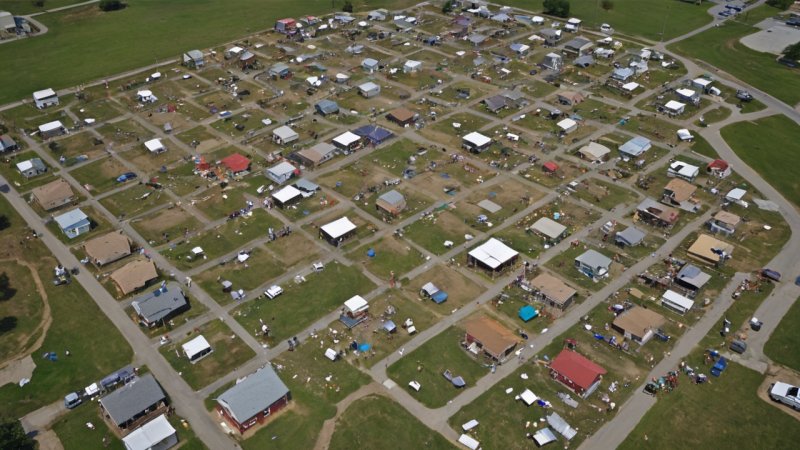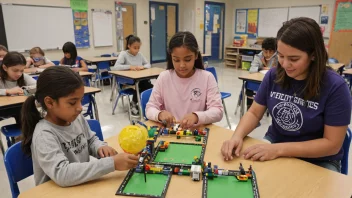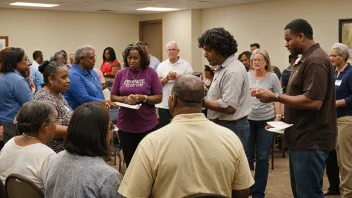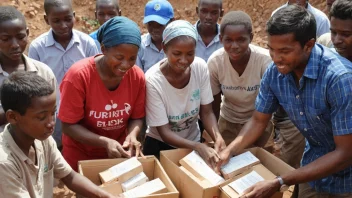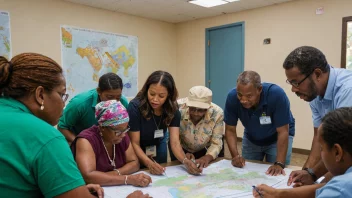Disasters can be devastating, but local communities have the power to respond effectively when they come together. While national and international organizations provide essential support, it is often local efforts that make the most significant impact in the immediate aftermath of a disaster. This article discusses strategies that individuals and local organizations can adopt to provide effective disaster relief in their communities.
One of the most effective ways to provide disaster relief is through the establishment of a local response team. This team should include a diverse group of individuals representing various sectors of the community, including healthcare professionals, educators, local government officials, and volunteers. By bringing together people with different skills and expertise, communities can create a comprehensive response plan that addresses the multifaceted challenges of disaster relief.
Education and training are critical components of disaster preparedness. Communities should prioritize training programs that equip residents with the skills they need to respond in emergencies. First aid and CPR training, as well as workshops on emergency response protocols, can empower individuals to take action when disaster strikes. Schools can also play a role by incorporating disaster preparedness into their curricula, ensuring that children are informed and prepared.
Establishing a network for sharing resources is another essential aspect of local disaster relief. Local businesses can donate supplies or services, while residents can contribute their time and skills. Creating a community resource directory can help connect those in need with available support. Additionally, engaging with local media can help raise awareness about available resources and encourage community members to participate in relief efforts.
A strong communication strategy is vital during a disaster. Communities should develop an emergency communication plan that includes multiple channels of information dissemination. Utilizing social media, text messaging, and local news outlets can ensure that residents receive timely updates on evacuation routes, shelters, and available resources. Having a clear communication strategy can prevent confusion and help residents make informed decisions during emergencies.
Lastly, maintaining an ongoing dialogue about resilience can significantly enhance a community's ability to respond to disasters. Hosting community forums to discuss past disasters and lessons learned can foster a culture of preparedness. Encouraging residents to share their experiences and solutions can lead to innovative approaches to disaster relief.
In conclusion, effective disaster relief on a local level hinges on collaboration, education, resource sharing, communication, and resilience. By implementing these strategies, communities can enhance their preparedness and response capabilities, ultimately saving lives and strengthening the fabric of the community in the face of adversity.
Local Strategies for Effective Disaster Response
Local communities play a crucial role in responding to disasters effectively. This article explores local strategies that individuals and organizations can adopt to enhance disaster relief efforts.
